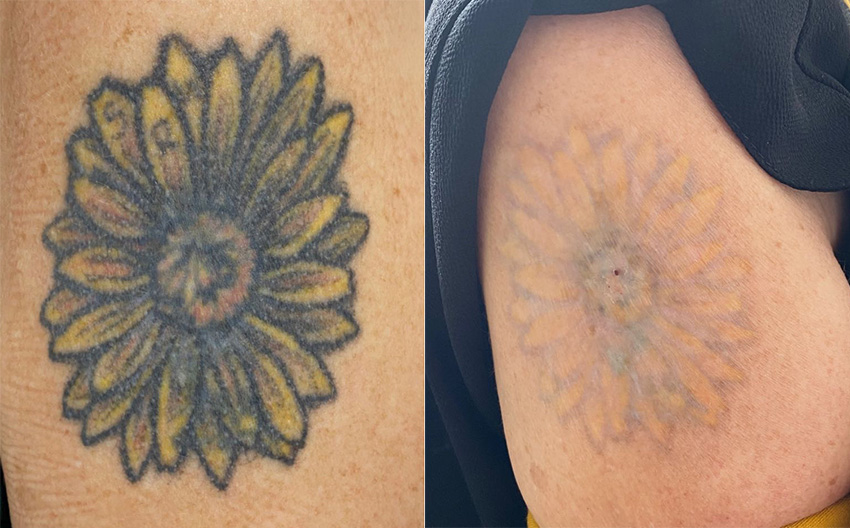
BOOK YOUR APPOINTMENT NOW!
- Shop 62, Brisa Residency Complex, Naika vaddo, Bardez, Calangute Candolim Sinquerim Rd, Calangute, Goa - 403516
- info@sandytattoo.com
- +91 95526 66999
Fading the Ink: Understanding Tattoo Removal, Healing, and Scarring

INTRODUCTION
Tattooing is one of the arts that has been embraced for years and has been used to brand people’s bodies as identity. However, as people’s situations and preferences change over time, there is a necessity to get a tattoo or have some of them removed more frequently. Tattoo removal is a process that has some methods, prospects, and risks connected with it, such as scar formation. This blog aims to provide information about the manner of tattoo removal, the techniques used for it, the recovery period, and the potential development of scars.
Understanding Tattoo Removal
Tattoo removal can be performed in a method that attempts to break down the particles of ink in the skin, and subsequently, be flushed out of the body. Tattoo removal is a highly sensitive process that requires various considerations for instance the size, location, color of the tattoo and the type of skin the client has, the immune system. There exist several procedures for tattoo removal, and they include laser removal, surgical removal, and dermabrasion.
Laser Tattoo Removal
Laser treatment stands out among other methods as one of the most effective and widely chosen approaches for tattoo removal. This technique uses light sources in the photothermal elimination of the tattoo ink into finer particles. Ink color makes it possible to use several kinds of lasers depending on the color of the ink that is being applied to the surface of the document. For example, Q-switched lasers are optimal for depigmented skin such as black and blue colors; the new picosecond lasers are even better for treating a larger spectrum of colors.
How It Works
- Selective Photothermolysis: Tattooing works by using the particular light waves of the lasers being taken by the inks of the tattoo. This technique is called selective photothermolysis which assists in preventing damage to other skin layers.
- Fragmentation and Absorption: The laser energy is used to deconstruct the ink particles into a powder-like structure. The body’s immune system then takes time to metabolize and eliminate these fragments from the body.
- Multiple Sessions: It may take several weeks and the process of tattoo removal can be in several phases so that the skin gets a chance to recover and the immune system eliminates the ink. The number of sessions depends on the individuality and plans for the tattooing, as well as on the client’s skin type and his/her reaction to it.
Surgical Excision
Surgical removal involves the actual physical cutting out of the tattooed skin through surgery and then suturing the cut area to heal. It is mostly applied when a person has a small tattoo or when other methods of elimination have been unproductive.
How It Works
- Local Anesthesia: Local anesthesia is chosen to prevent sensation in the area where physicians and surgeons intend to operate.
- Excision: The surgeon then goes on to remove the tattooed skin through surgery using a scalpel to make the first cut.
- Stitching: This surrounding skin is then stitched and a dressing is applied on the wound to avoid infections and also for healing purposes.
Dermabrasion
Microdermabrasion is a rather invasive procedure whereby the outer layers of the skin are sand-papered off to remove the layer that contains the tattoo pigment.
How It Works
- Local Anesthesia: The surface to be addressed is anesthetized to reduce the amount of pain that a patient can be able to experience during the procedure.
- Abrasive Device: Microdermabrasion is a cosmetic treatment wherein a high-speed rotating wheel or brush is applied to remove the outer layering of the skin.
- Healing: The area is then cleaned and bandaged, and the skin will require a few weeks to grow back the lower layers of skin to replace the skin cells that have been removed.
Healing Process and Considerations
Aftercare Tips
- Keep the Area Clean and Dry: If required, wash the treated site with water and mild soap and then pat it dry gently with a towel. Avoid washing, for example, when taking a shower or even swimming, letting the skin come into contact with water.
- Apply Ointments: When it comes to preventing infection and hastening the healing, it is suggested that you use only those topical antibiotics or creams that your doctor has prescribed.
- Avoid Sun Exposure: It is also important not to expose the treated area to sunlight to prevent some pigmentary changes in the skin and delay the rate of healing.
- Do Not Pick or Scratch: When it comes to scabs, it is best to leave them to dry up by themselves so that the skin may not be scarred.
- Follow Medical Advice: If necessary, schedule a follow-up appointment and adhere to all instructions that your healthcare provider has stated to achieve the best results.
Potential for Scarring
This applies to all the methods of tattoo removal though the extent of scarring may vary with the method in question, the skin type of the targeted client, and the after-care process.
Factors Influencing Scarring
1.Skin Type: They also stated that patients with dark skin or a background of keloid development face a higher risk of scarring.
- Tattoo Characteristics: Larger Tattoos or those with deeper and darker color shades might also be more difficult to remove and might produce a scar.
- Removal Method: Although it has a high tendency to develop scars, laser removal is less invasive than surgical excision. Like any other surgery, dermabrasion also consists of moderate risk factors for patients who have been recommended to undergo the surgery.
- Aftercare: Post-surgery it is necessary that importance be placed on care of the skin so that the scar does not become conspicuous. If aftercare is not followed, complications arise in the form of infections, and this leads to scarring.
Preventing Scarring
To reduce the risk of scarring, follow these guidelines:
- Choose a Qualified Professional: Ensure that the procedure is done by qualified personnel especially one who has been in practice for some time.
- Adhere to Aftercare Instructions:Aftercare practices must be observed strictly to encourage proper wound healing without incidences of complications.
- Monitor Healing: Take time to monitor the condition after the acupuncture treatment and seek medical advice if there are signs of irritation or inflammation or if excessive scar tissue formation is noted.
Conclusion
Tattoo removal is a potentially lengthy process that consists of numerous stages and should therefore be undertaken with great care and advice from a specialist. The facts and information on other processes such as laser elimination, surgical shaving, dermabrasion, and more help individuals make appropriate choices about the process of removing tattoos. It is therefore advisable that much emphasis is placed on aftercare and the healing process to minimize the formation of scars and other complications that might occur. As highlighted above, the following factors could be useful as a guide to help people on how to undertake the process of tattoo removal and regain their natural skin.
is proudly powered by WordPress
